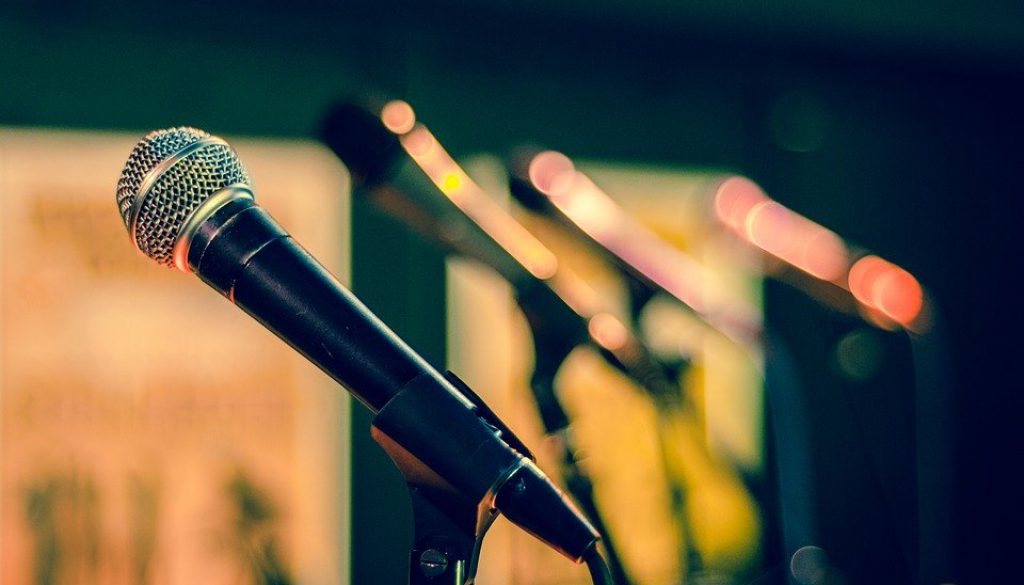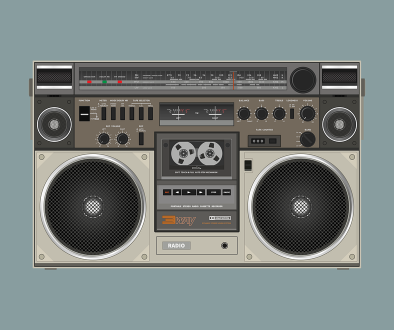Radio & Its Uses
Imagine your internet goes out and you can not fix it and on top of that your cable goes out too. What do you do?
It seems terrifying to even think about that. The internet and social media has made the world a global village. If they disappear, we seem cut off from the world. But what if I tell you that you can still listen to your favorite news and programs.
Yes. I am talking about Radio. In a world full of Google, Wikipedia and youtube, we seem to have forgotten about it. But it is quite fascinating. It was the early mode of communication.
How does radio operates?
Radio is the innovation of flagging and imparting utilizing radio waves. They are created by an electronic gadget called a transmitter associated with a receiving wire which emanates the waves, and got by a radio beneficiary associated with another reception apparatus.
Radio is broadly utilized in present-day innovation, in radio correspondence, radar, radio route, remote control, remote detecting and different applications. In radio correspondence, utilized in radio and TV broadcasting, phones, two-way radios, remote systems administration and satellite correspondence among various different uses.
Radio waves are utilized to convey data crosswise over space from a transmitter to a recipient, by adjusting the radio sign (intriguing a data signal on the radio wave by shifting some part of the wave) in the transmitter. In radar, used to find and track objects like flying machine, boats, rocket and rockets, a light emission waves discharged by a radar transmitter reflects off the objective article, and the reflected waves uncover the item’s area.
In radio route frameworks, for example, GPS and VOR, a versatile collector gets radio sign from navigational radio signals whose position is known, and by exactly estimating the appearance time of the radio waves the beneficiary can figure its situation on Earth. In remote radio remote control gadgets like automatons, carport entryway openers, and keyless passage frameworks, radio signs transmitted from a controller gadget control the activities of a remote gadget.
Utilizations of radio waves that don’t include transmitting the waves huge separations, for example, RF warming utilized in modern procedures and microwaves, and medicinal uses, for example, diathermy and MRI machines, are not for the most part called radio. The thing radio is additionally used to mean a communicate radio beneficiary.
Radio waves
Radio waves are electromagnetic rushes of frequency between 30 hertz (Hz) and 300 gigahertz (GHz).
Radio waves were first distinguished and considered by German physicist Heinrich Hertz in 1886. The primary reasonable radio transmitters and beneficiaries were created around 1895-6 by Italian Guglielmo Marconi, and radio started to be utilized economically around 1900. To anticipate obstruction between clients, the emanation of radio waves is carefully managed by law, facilitated by a worldwide body called the International Telecommunications Union (ITU), which dispenses frequency groups in the radio range for various uses.
Some Uses of Radio
The prime purpose of the radio is to convey information from one place to another through the intervening media without wires. Furthermore, being used for transmitting sound and television signals, radio is used for the transmission of data in coded form. In the configuration of radar, it is used also for sending out signals and picking up their reflections from objects in their path.
Long-range radio signals qualify astronauts to communicate with the earth from the moon and carry information from space probes as they travel to distant planets. For navigation of ships and aircraft the radio range, radio compass, and radio time signals are widely used.
Radio signals sent from global positioning satellites can also be accomplished by special receivers for a precise indication of position. Digital radio, both satellite and terrestrial, provides better audio clarity and volume. Different remote-control devices, including rocket and artificial satellite operations systems and automatic valves in pipelines, are controlled by radio signals.
The evolution of the transistor and other microelectronic devices led to the development of portable transmitters and receivers. Cellular and cordless telephones are in real radio transceivers. Many telephone calls routinely are regulated by radio rather than by wires. Some are sent through radio to relay satellites. Some astronomical bodies and interstellar gases emit relatively powerful radio waves that are detected with radio telescopes composed of very sensitive receivers and large directional antennas.
Radio telecom
Radio telecom implies transmission of (sound) to radio beneficiaries having a place with an open group of spectators. Simple sound is the most punctual type of radio station. AM communicating started around 1920. FM broadcasting was presented in the late 1930s with improved loyalty.
TV broadcasting
TV broadcasting is the transmission of moving pictures by radio, which comprise of groupings of still pictures, which are shown on a screen on a TV input (a “TV” or TV) alongside a synchronized (sound) channel. TV (video) signals involve a more extensive transfer speed than communicate radio (sound) signals. Simple TV, the first TV innovation, required 6 MHz, so the TV frequency groups are separated into 6 MHz channels, presently called “RF channels”.
Phone
A versatile remote phone that is associated with the phone arrange by radio sign traded with a neighborhood reception apparatus at a phone base station (cell tower). The administration region secured by the supplier is isolated into little geological territories called “cells”, each served by a different base station receiving wire and multichannel handset. All the mobile phones in a cell speak with this reception apparatus on independent frequency channels, allocated from a typical pool of frequencies
Hazards
The wireless transmissions are an asset shared by numerous clients. Two radio transmitters in a similar zone that endeavor to transmit on a similar frequency will meddle with one another, causing jumbled gathering, so neither one of the transmissions might be gotten clearly. Interference with radio transmissions can not just have an enormous financial cost, it tends to be hazardous.



